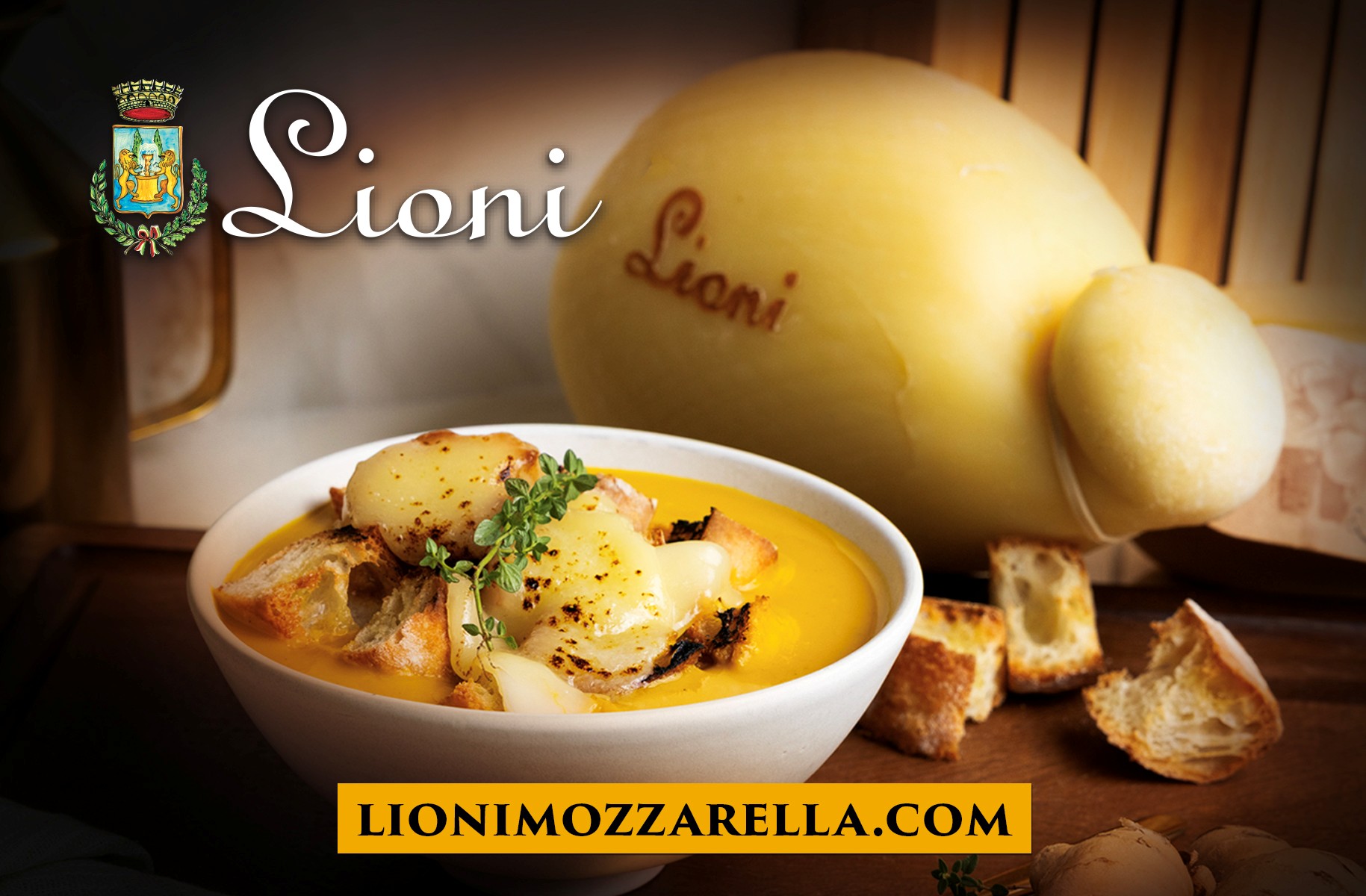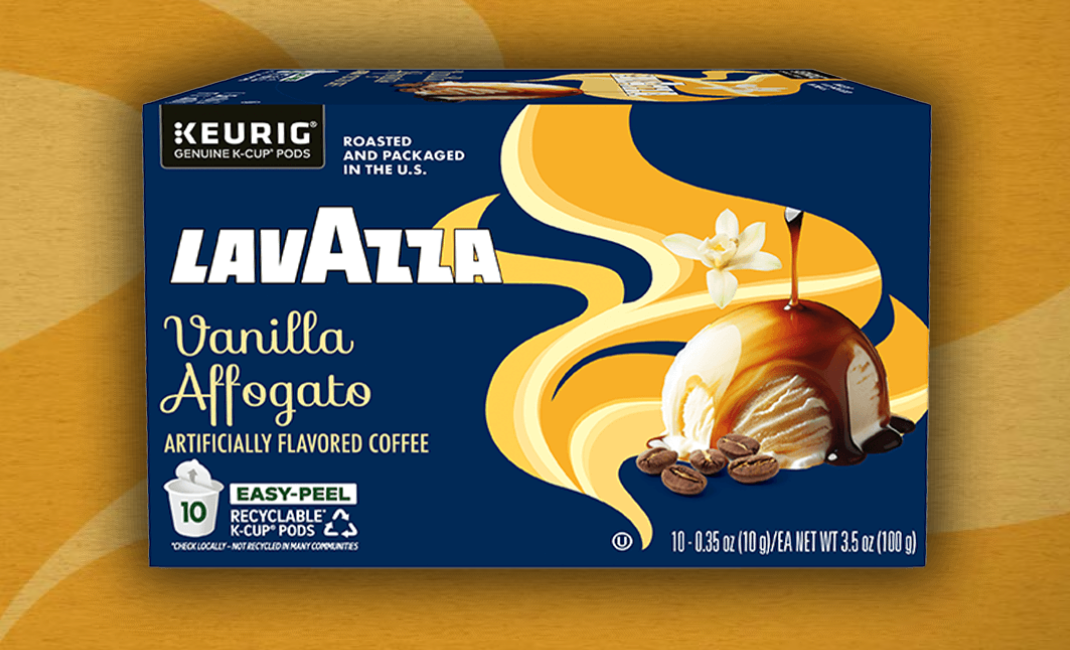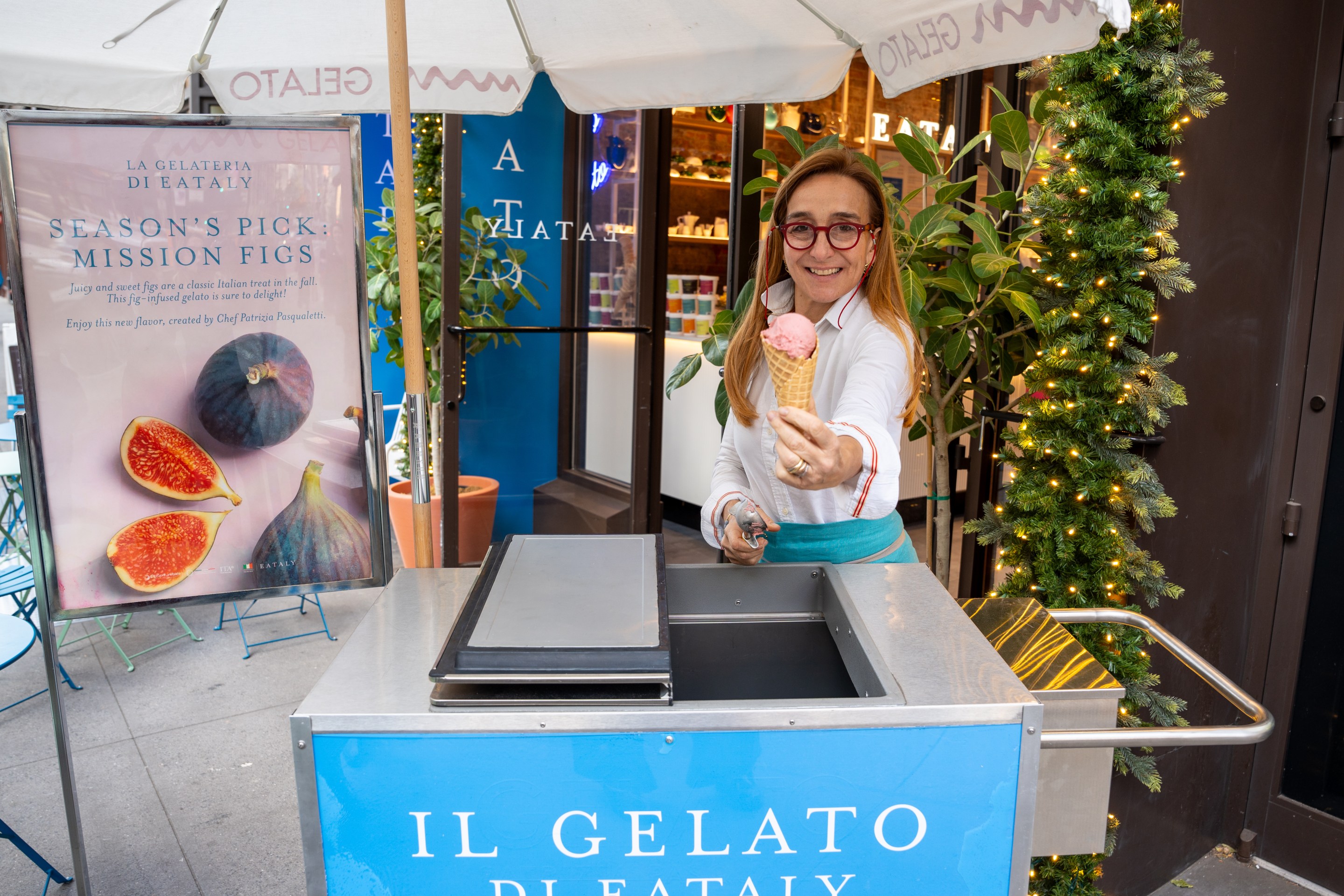There is a rhythm to southern Italy that dances somewhere between the sea breeze and the scent of simmering sauce — a rhythm best heard not in the clamor of crowded cities, but in the hush of olive groves and the echo of waves against ancient cliffs. This is the rhythm you’ll come to know when you journey from the seaside town of Praia a Mare through the sun-drenched landscapes of Calabria and Basilicata that land on the Mezzogiorno— literally translated it means “midday,” but the meaning transcends time to capture the very soul of Italy's southern regions. As the sun reaches its zenith in the sky, casting its most radiant light over the southern reaches of the peninsula, so too does the term Mezzogiorno which evokes the warmth, brilliance, and intensity of this sun-drenched corner of the country.
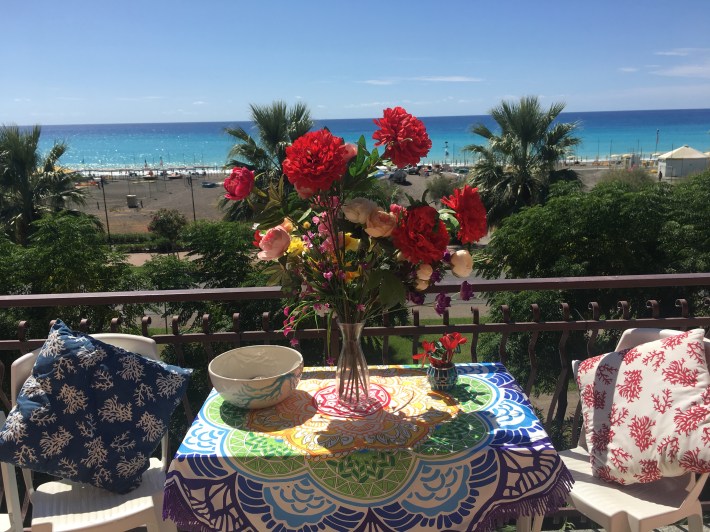
But the Mezzogiorno, I quickly realized, is more than just a place. It is a state of being, a mood, a rhythm that moves to the slow, steady pulse of tradition. Long considered Italy’s heartland of ancient ways and deep roots, the south has endured centuries of hardship, from foreign invasions to post-unification neglect, and still carries the weight of economic disparities. Yet it is precisely through these struggles that the Mezzogiorno has cultivated its richest treasures—intensely local cuisine, haunting folk songs, sacred festivals, and a fierce sense of identity passed down through generations.
To speak of the Mezzogiorno, then, is not merely to name a region, but to summon a world where time stretches long like the afternoon sun, where life is lived close to the earth and the sea, and where every meal, every melody, and every gesture echoes with centuries of history and devotion. It is the Italy of fire and soul, of shadow and gold—a land that hums with memory and beauty under the noonday sun.
Praia a Mare: Gateway to Calabria
Praia a Mare is a sun-drenched jewel along the Tyrrhenian coast of northern Calabria, where the mountains of the Pollino National Park descend dramatically into the sea, and time seems to linger like the last golden rays of an Italian summer evening. With its wild, volcanic cliffs, shimmering waters, and views stretching toward the Gulf of Policastro, Praia a Mare offers a vivid and soul-stirring introduction to Calabria’s rugged beauty.
The town’s name, meaning “Beach on the Sea,” couldn’t be more fitting. Praia’s long, curving shoreline is framed by black pebbled beaches and crystalline water, ideal for swimming, boating, or simply basking in the sun. Towering just offshore is Isola di Dino (Dino Island), the town’s most iconic landmark — a lush, uninhabited island famous for its magical sea caves and dazzling blue grottoes. The island seems to float like a green crown upon the sea, its cliffs reflected in the calm Tyrrhenian waters. The town is more than just a pretty stretch of coast. The historic center, tucked slightly inland, is a place of quiet alleys, shuttered windows, and small family-run shops where the scent of fresh bread and basil lingers in the air. Above the town, the Sanctuary of Madonna della Grotta is nestled within a massive cave on the hillside — a sacred site that has attracted pilgrims for centuries and offers sweeping views of the coastline below. From here, the sunset seems to turn the sea to molten gold.
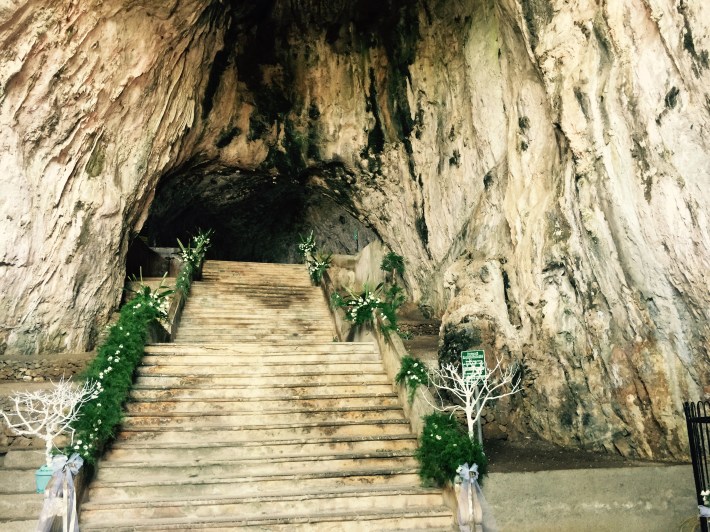
Though small in size, Praia pulses with local life. During the summer months, its seaside promenade fills with Italian families enjoying passeggiata, while in spring and autumn, it returns to its tranquil rhythms — ideal for those seeking peace and authenticity. The local cuisine, of course, is deeply rooted in Calabrian tradition: fresh seafood, spicy ’nduja, hand-rolled pasta, and robust red wines from nearby inland vineyards.
Praia a Mare is a town of contrast — sea and mountain, sacred and everyday, timeless and alive. It is a place that invites you to slow down, breathe deeply, and taste the essence of southern Italy’s quieter, wilder soul and it's portal to Italy's deep south. There are no luxury hotels here, although there are a few large resorts like Borgo Di Fiuzzi close to Dino Island. I recommend staying at the hotel Garden right on the beach or at the Villa Vecchia owned by Antonella and Gaetano Calabresi, true ambassadors of the Cedri Riviera and great hosts who make excellent guides as well as culinary experts.
Meals prepared at the villa right in town are lovingly prepared and wine is poured generously. A variety of local specialities are served up as stories unfold over steaming plates of lagane e ceci, anchovy-laced pastas, or slow-cooked meats scented with wild herbs. It is not a performance — it is a homecoming, and it's easy to feel right at home in Praia a Mare.
Dino Island and the Arcomagno Caves: A Mythic Journey by Sea
Off the coast of Praia a Mare, rising dramatically from the Tyrrhenian Sea like a sleeping giant, lies Dino Island — a place of raw, elemental beauty steeped in legend and silence. Cloaked in wild Mediterranean vegetation and crowned with rocky cliffs, this uninhabited island seems to hover just beyond time. Its name is thought to derive from the ancient Greek "Dina," meaning tempest — a fitting title for a place that has stood resilient against the storms of history and nature alike. The island is home to numerous grottoes (sea caves), sculpted over millennia by the waves. Among the most famous is the Grotta Azzurra — the Blue Grotto — where the light refracts into electric blues, illuminating the cave's walls in an otherworldly glow. Nearby, the Grotta del Leone (Lion's Cave) and Grotta delle Cascate (Waterfall Cave) offer even more hidden chambers of shimmering stillness and echoing quiet, where stalactites drip like chandeliers and the sea murmurs ancient lullabies.
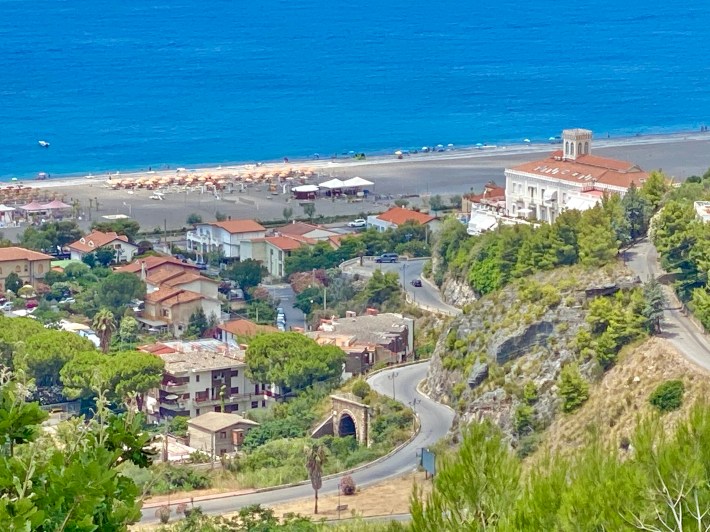
Just beyond Dino Island the coast winds toward one of Calabria’s most magical sights: the Arcomagno. This natural stone arch, carved by the sea into a majestic crescent, frames a secret beach of soft sand and translucent turquoise waters. It’s often called a "hidden Eden"—accessible only by boat or a steep cliffside trail, and all the more precious for its seclusion. Here, time seems to pause entirely. You might swim through the arch, feeling the cool shade of the rock above and the sun-dappled sea below, or simply float and listen to the rhythm of the waves echoing inside the cove.
It's well worth it to head out on the water by boat with Gaetano or a local guide who knows the islands and coast well, because many of the hidden coves that stretch the coast are an immersion into the poetry of nature. It’s where myth and geology meet, where silence speaks volumes, and where every cliff and cave seems to whisper stories from long ago. For travelers seeking beauty that is wild, untouched, and soul-stirring — this is where southern Italy reveals its truest, most sacred self.
Mornings begin with salt in the air and anticipation in the chest. A private boat carries you along the sculpted coastline to Dino Island, where sea caves glitter with the haunting blue of submerged sunlight. Here, you can swim in silence or float beneath rocky arches that seem to suspend time.
In the evening, your hands become storytellers in the Calabrese kitchen. Under Antonella’s guidance, flour becomes dough, and dough becomes fileja, the signature pasta of Calabria. The wine flows, laughter echoes, and a meal is shared not just with your fellow travelers, but with generations past and present.
Maratea: The Pearl of the Tyrrhenian
Praia a Mare is Calabria's northernmost town on the border with Basilicata, also known as Lucani, the ancient name for this region. Although the name Lucania is no longer used on maps, it continues to echo in the soul of the land—through its dialects, traditions, cuisine, and enduring identity. The ruggedness of the territory—defined by the Apennine mountains, deep forests, dramatic gorges, and hidden valleys—helped preserve its autonomy and later contributed to its isolation, which in turn safeguarded many of its age-old customs and folkways.
Lucania is a land of mystery and contradiction: arid badlands and fertile plains, forgotten villages and luminous hill towns, sacred mountain top monasteries and abandoned stone farmhouses. It is where the rhythms of ancient agricultural life still beat beneath the surface of modernity. This is the Italy of shepherds and saints, of wheat and olives, of feasts for the Madonna and whispered superstitions passed down like prayers.
Maratea is one one of the region's most beautiful towns and it is only a 20 minute drive up the coast. As the road climbs north from Praia a Mare, winding up from the sea into the mystical folds of Basilicata. Maratea, often called “the town of 44 churches,” appears like a dream carved from the mountainside. Its narrow alleys are lined with crumbling stone chapels, baroque balconies spilling geraniums, and hidden piazzas where the air smells of woodsmoke and lemon.
Lunch is always a good idea in Maratea and best to be enjoyed slowly at the seaside or the historic center, where every dish is an homage to local ingredients: wild fennel, black garlic, sun-dried peppers, and freshly caught fish dressed simply in oil and citrus.
After a leisurely lunch you can continue to explore the coast of Maratea, a dramatic lesser-known stretch of coast and a place where nature, mythology, and quiet elegance intertwine in perfect harmony.
Unfolding along 32 kilometers of Basilicata’s slender link to the sea, Maratea’s coastline is a dramatic interplay of towering cliffs, hidden coves, grottoes, and pebbled beaches, many of which remain untouched by mass tourism. Unlike the more polished Amalfi Coast to the north, Maratea’s shoreline feels wild and elemental, as though carved directly by the gods.
Sheer rock walls plunge into deep blue waters, their rugged faces draped in pine trees, wild rosemary, and bougainvillea that clings to the stone like a lover. Secret beaches appear around every bend—some accessible only by footpaths carved into the cliffs or by boat, making them perfect hideaways for those seeking peace and natural beauty. The water here is startlingly clear, shifting from emerald to sapphire depending on the light, inviting swimmers, snorkelers, and divers into its depths.
Along the coast, you’ll find the Grotta delle Meraviglie (Cave of Wonders), a karst cave of glittering stalactites and underground lakes; and high above, perched on Mount San Biagio, stands the Statua del Redentore, a towering white marble Christ the Redeemer—second only in size to Rio’s famous statue—his arms stretched out protectively over sea and town. From this vantage point, the entire coastline unfurls in a celestial panorama, framed by mountains on one side and the infinite Tyrrhenian on the other.
Small seaside hamlets such as Fiumicello and Acquafredda nestle along the water’s edge, each offering their own charm—colorful fishing boats, sleepy harbors, and trattorias serving grilled octopus, local anchovies, and the region’s famous caciocavallo cheese.
The coast of Maratea is not only a feast for the eyes, but for the spirit—a place where the pace slows, the heart opens, and the horizon stretches endlessly before you. It is a coastline of mystery and majesty, where every wave seems to whisper an ancient secret.
To Taste the Soul of the South
Discovering Calabria and Basilicata with local hosts is a return to the origins of taste and tradition — a soulful dance through Calabria and Basilicata, where cooking is a sacred ritual and landscapes stir something ancient within us.
For full itinerary details and to begin your own southern Italian immersion, visit Italy Vacation Specialists. Let your senses guide you to a land where time moves more slowly and every meal tells a story.

